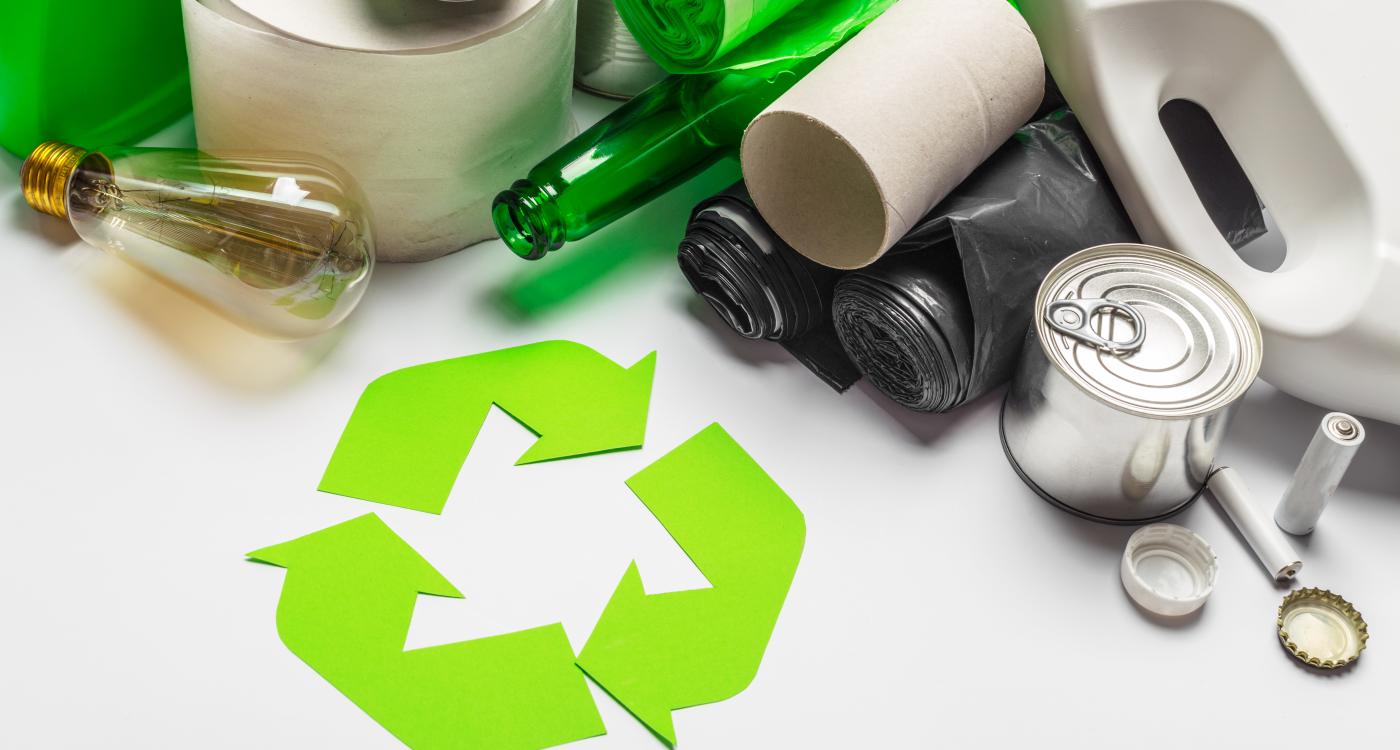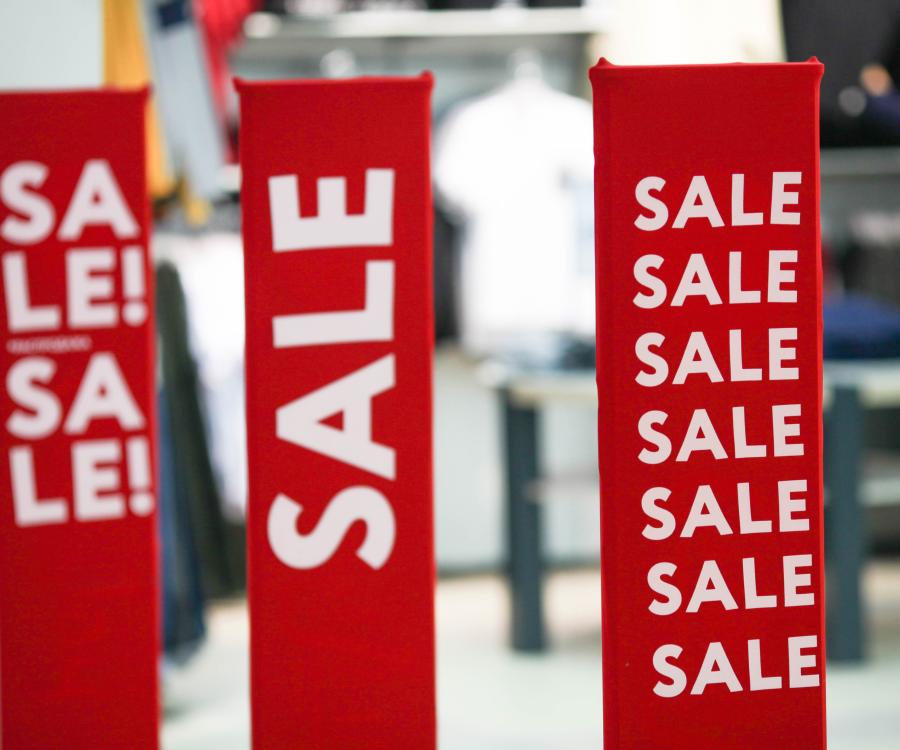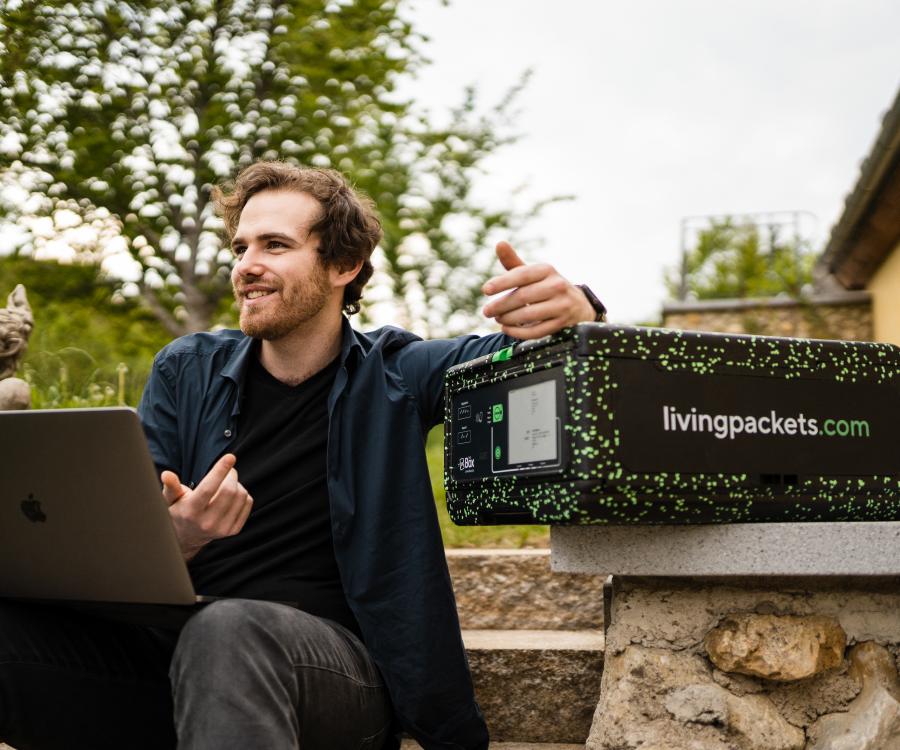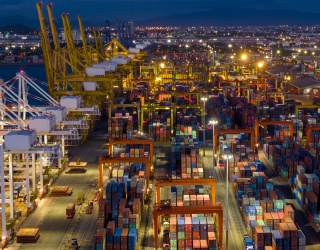The new EU Packaging Regulation (PPWR) is expected to come into force at the end of 2025 and will bring far-reaching changes for the retail sector. It aims to reduce packaging waste, promote reusable systems and improve recycling. As a retailer, you need to be prepared for some important changes.
The regulation replaces the previous EU directive and creates a uniform legal framework for packaging and packaging waste in all 27 EU member states. The reason: an ever-increasing amount of packaging waste in the EU, which averages 189 kg per person per year. The solution: reduce the amount of packaging. The regulation affects all market players in the life cycle of packaging, including manufacturers, retailers, online marketplaces and consumers.
What you need to prepare for:
For the stationary trade:
1. reusable packaging will become mandatory
- It will be banned: From 2030, single-use packaging for drinks and food may no longer be used for on-site consumption.
- You must offer more products in reusable packaging, especially for drinks.
- Example: Introduce a deposit system for coffee cups. Offer your customers a discount of €0.50 if they bring their own cups.
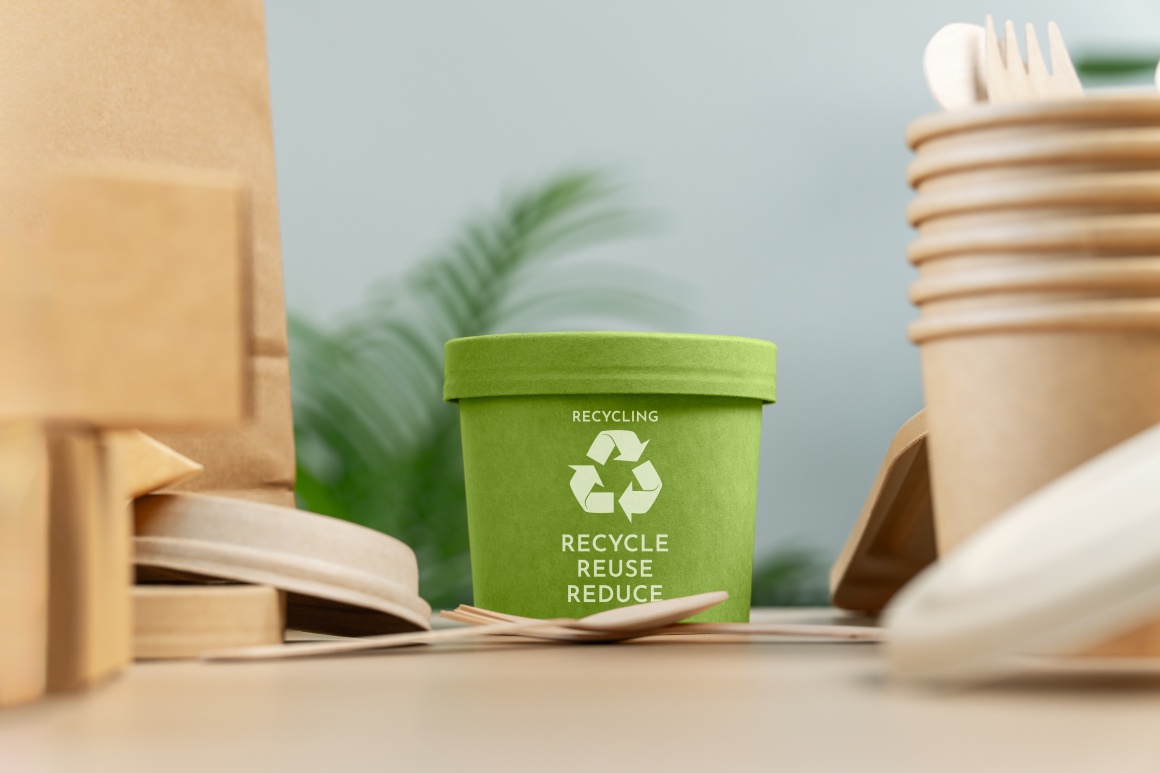
2. less disposable packaging
- A lot of single-use plastic packaging is being banned, especially in the to-go sector. Also affected: Single-use packaging for unprocessed fresh fruit and vegetables under 1.5 kg, single-use portion packs for spices, sauces or milk in hotels and restaurants, among others.
- Example: Replace disposable plastic packaging for salads or desserts with reusable containers made of glass or biodegradable material.
3. new recycling rules
- No longer possible: Packaging that is not at least 70% recyclable may no longer be used.
- Tip: Provide collection systems for separate packaging waste.
- Example: Set up a “recycling station” in your supermarket where customers can dispose of different packaging materials separately.
4. labeling requirements
- No longer possible: Packaging without clear labeling on recyclability and material composition may no longer be used.
- Label packaging clearly with information on material and recycling.
- Example: Use standardized, easy-to-understand symbols for recyclability on all products.

For the online trade:
Reusable systems for shipping packaging
- Prohibited: From 2030, single-use plastic packaging may no longer be used for shipping if reusable alternatives are available.
- Tip: Implement reusable shipping bags or boxes.
- Example: Use services that offer reusable shipping bags and take care of the return logistics.
Information on the material composition
- No longer possible: Shipping products without clear information on the material composition of the packaging.
- From approx. 2026: You must specify the material composition for all packaging in the online store.
- Tip: Integrate this information into your product descriptions and checkout processes.
Reduction of filling material
- Prohibited is: Use of non-recyclable or non-biodegradable filling material.
- Tip: Replace environmentally harmful filling material with sustainable alternatives.
- Example: Use filling material made from recycled paper or compostable corn starch instead of polystyrene chips.
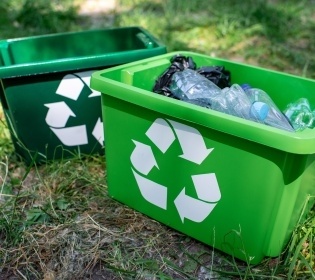
For both areas:
Recyclability
- Prohibited: Packaging that does not meet the prescribed recycling rate.
- All packaging must be at least 70% recyclable, with an upward trend.
- Tip: Work closely with your suppliers to ensure that all packaging meets this requirement.
Reporting and registration obligations
- Register and regularly report on your packaging. You must do this with the competent national authorities. The deadline for registration and reporting is expected to be set by the end of 2025.
- Solution: Implement a digital packaging management system for easy recording and reporting.
- No longer possible: Placing packaging on the market without prior registration and regular reporting.
Here's what you can do to be prepared:
- Immediately: Carry out an inventory of all packaging used. Identify areas that will be affected by the new regulation
- By the end of 2024: Develop concepts for reusable systems and identify alternatives for soon-to-be-banned single-use packaging Start switching to recyclable packaging.
- From the beginning of 2025: Implement the new labeling requirements for all packaging Ensure that your recycling infrastructure meets the new requirements
- By the end of 2025: Set up a digital packaging management system to comply with the new reporting and registration obligations
- 2026-2030: Work continuously to meet the increasing reusable rates and recycling requirements Invest in innovative, sustainable packaging solutions.
The implementation of the EU Packaging Regulation 2025 requires careful planning and gradual adjustments. By acting early, you can not only meet the legal requirements, but also position yourself as an environmentally conscious retailer. Use this opportunity to strengthen the trust of your customers and make a positive contribution to environmental protection.

